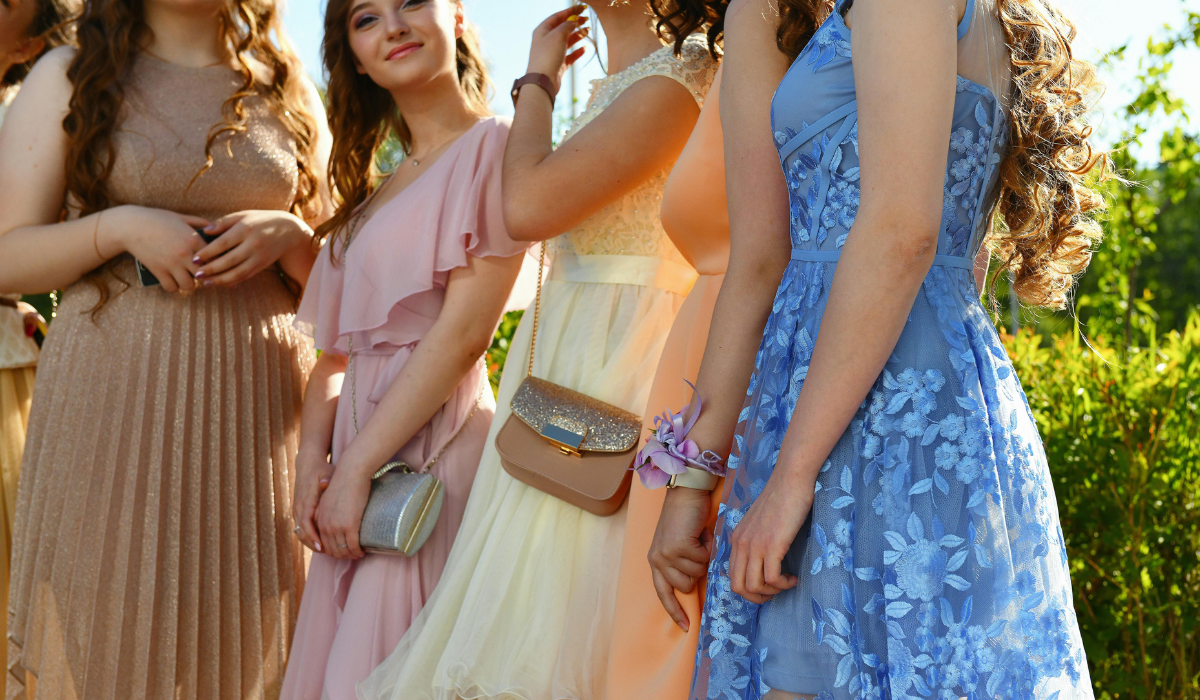Fashion is more than the clothes we wear; it is a dynamic, non-verbal language that communicates identity, culture, and history. It is a perpetual dialogue between the past and the present, constantly being rewritten and reinterpreted. In the digital age, this dialogue has found a new arena: the endless scroll of social media. Here, amidst the rapid-fire consumption of visual content, a unique project emerged to challenge passive viewing and invite deeper reflection: the “Fashion’s Never Finished GIF Social Experiment.” This initiative is not a marketing campaign for a brand but a conceptual art project that uses a ubiquitous digital format—the GIF—to explore the cyclical, interconnected, and deeply personal nature of style itself.
The experiment’s foundation is its clever use of the Graphics Interchange Format (GIF). Unlike a static image, a GIF loops endlessly, a technical characteristic that serves as a perfect metaphor for fashion itself—always in motion, never static, perpetually repeating and reinventing ideas from previous eras. The project creators craft these GIFs to be visual palimpsests, where layers of fashion history are digitally woven together. A flapper’s dress from the 1920s might morph into the slip-dress of the 1990s; the exaggerated shoulders of the 1980s power suit might seamlessly blend into a contemporary avant-garde runway look. This visual layering makes a theoretical concept tangible: it visually demonstrates how fashion is a continuous process of borrowing, recontextualizing, and remixing.
The “Social Experiment” Component
Calling it a “social experiment” is key to understanding its purpose. The project was not launched with a definitive thesis but with a set of questions posed to the digital public. The core inquiry is: How do we, as a collective audience, perceive and relate to the fluid timeline of fashion when it is presented in a condensed, looping format?
By releasing these GIFs onto platforms like Twitter, Tumblr, and Instagram, the creators turned viewers into active participants. The experiment observed and catalyzed reactions:
- Nostalgia and Recognition: Viewers often identify and comment on the specific eras depicted, sharing personal memories or cultural knowledge associated with those styles. This sparks conversations across generations.
- Critical Analysis: Followers began to dissect the transitions, debating the accuracy of the connections drawn between decades. Does a 70s disco collar truly beget a 2010s statement neckline? The GIF becomes a starting point for historical analysis.
- Community Contribution: The experiment encouraged a participatory culture. Users suggested future decade pairings, submitted their own vintage photos for potential inclusion, or created their own GIFs in response, expanding the project’s scope organically.
This transformes the experience from a one-way broadcast into a collaborative investigation of sartorial history, making the audience co-curators of the fashion narrative.
Exploring Central Themes
The “Fashion’s Never Finished” project elegantly tackles several profound themes within fashion theory:
- The Cyclical Nature of Trends: The most immediate theme is the idea that “there is nothing new under the sun.” The GIFs provide visceral proof that current trends are almost always echoes of the past. However, the project smartly avoids suggesting that this is mere repetition. Instead, it highlights evolution—how a silhouette, pattern, or garment is altered slightly with each recurrence to suit the new cultural, social, and technological context of its time.
- Fashion as a Democratic Dialogue: By existing on social media, the project challenges the traditional top-down fashion model where trends are dictated by designers and magazines. It posits that fashion’s true meaning is generated from the bottom-up, through the way people discuss, interpret, and wear styles. The comment section becomes a modern-day salon for debating taste and history.
- Identity and Collective Memory: What we choose to wear is deeply tied to our personal and collective identity. The GIFs act as triggers for collective memory. A looping clip featuring 90s grunge isn’t just about flannel shirts; it’s about evoking the music, the attitude, and the socio-economic mood of that era. The experiment explores how clothing functions as a powerful anchor for memory and identity.
Impact and Cultural Significance
The significance of this social experiment extends beyond its aesthetic appeal. It serves as:
- An Educational Tool: It demystifies fashion history, making it accessible and engaging for a broad audience that might not read academic texts on the subject. It teaches visual literacy in the context of style.
- A Critique of Fast Fashion: In a world dominated by disposable, trend-driven fast fashion, the project offers a counter-narrative. By showcasing the deep roots and long life of stylistic ideas, it encourages a more thoughtful, sustainable view of clothing as part of a longer historical conversation, not a disposable commodity.
- A Mirror to Digital Culture: The experiment is inherently meta. It uses a native digital artifact (the GIF) to comment on another form of expression (fashion) within a digital space (social media). It holds a mirror up to how we consume culture online—quickly, visually, and communally.
Conclusion: The Conversation Continues
The “Fashion’s Never Finished GIF Social Experiment” is a brilliant encapsulation of 21st-century cultural study. It proves that profound ideas about history, identity, and society can be explored within the confines of a short, looping animation. It leverages the language of the internet to discuss a timeless human practice.
Ultimately, the project’s title says it all: “Fashion’s Never Finished.” There is no final word, no conclusive endpoint to the evolution of style. The experiment is itself unfinished, open-ended, and perpetually evolving with each new participant, comment, and shared GIF. It celebrates fashion not as a series of seasonal products to be consumed, but as an ongoing, never-finished conversation—a rich and endless tapestry that we are all weaving together, one thread, and one loop, at a time.
Informational FAQs About the Fashion’s Never Finished GIF Social Experiment
Q1: Who created the Fashion’s Never Finished GIF Social Experiment?
A1: The project appears to have been initiated by independent digital artists or fashion theorists interested in the intersection of culture, history, and new media. It is a conceptual art project, not a commercial campaign for a specific brand or company.
Q2: Where can I view these GIFs?
A2: The GIFs were primarily disseminated through social media platforms that are conducive to visual and conversational content, such as Tumblr, Twitter (X), and Instagram. Searching the exact project name or related hashtags on these platforms may yield results.
Q3: What is the main goal of the experiment?
A3: The primary goal is to provoke thought and discussion about the nature of fashion. It aims to visually demonstrate the cyclical evolution of trends, stimulate cross-generational dialogue about style, and explore how digital formats can be used to engage with cultural history.
Q4: Can I contribute to the project?
A4: While the original initiative may have its own curated flow, the nature of a “social experiment” means that public participation is encouraged. Many such projects welcome user-generated content, suggestions for decade comparisons, or thoughtful commentary that expands the conversation.
Q5: How does this relate to sustainable fashion?
A5: Implicitly, the project makes a case for a more sustainable view of fashion. By highlighting how ideas are constantly reused and reinvented, it suggests that value lies in understanding and appreciating the history of garments, potentially encouraging people to buy vintage, invest in timeless pieces, and reject the disposability of fast fashion.
Q6: Is this project still active?
A6: The beauty of such an experiment is that it doesn’t truly have an end date. The GIFs continue to circulate online, and the core concept remains relevant. Even if the original creators are no longer producing new content, the idea can be adopted and adapted by anyone, ensuring the conversation never truly finishes.

